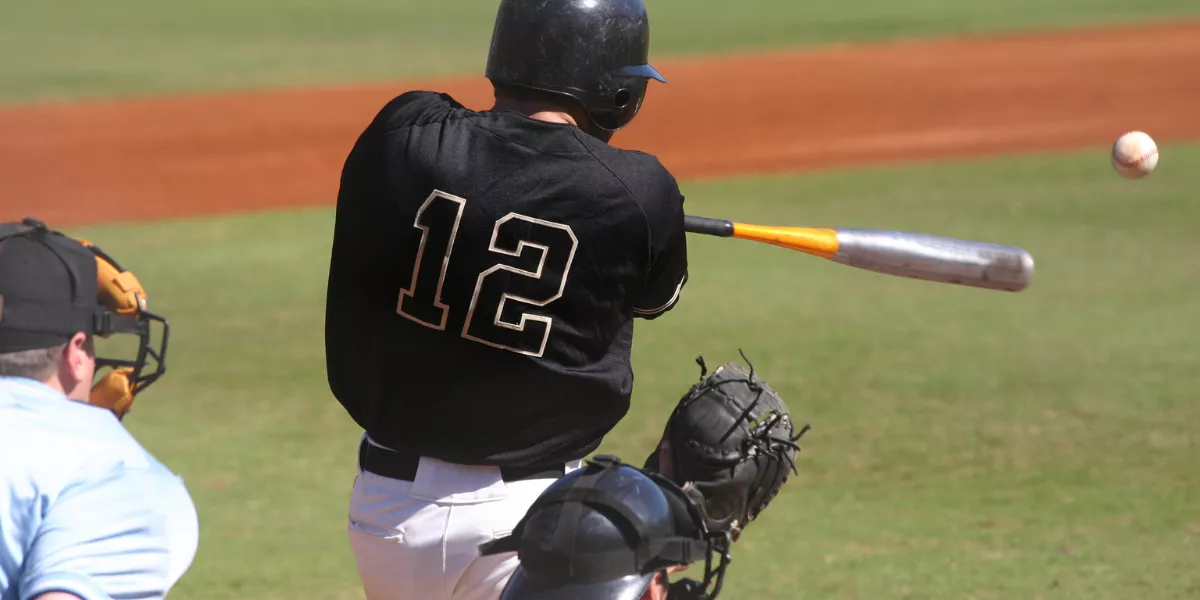
The Designated Hitter Rule in baseball originated in 1973 when the American League introduced it to boost scoring and engagement due to declining interest. The rule aimed to optimize batting lineups for increased run production by having a specialized hitter replace the pitcher, enhancing offensive capabilities without sacrificing defense. Over time, the rule evolved, shaping offensive strategies and sparking ongoing controversies among baseball traditionalists and proponents of innovation. Explore how this strategic shift revolutionized gameplay and changed the dynamics of the sport.
Early Discussions on Offensive Strategy
When exploring the origins of the Designated Hitter Rule in baseball, early discussions on offensive strategy revealed a shift towards optimizing batting lineups for increased run production. Teams recognized the potential benefits of having a designated hitter who specialized in hitting, rather than relying on pitchers who traditionally struggled at the plate. This strategic adjustment aimed to enhance offensive capabilities by inserting a strong hitter into the lineup without sacrificing defense.
Managers and coaches engaged in extensive analyses to determine how best to leverage the new role of the designated hitter. The focus shifted from viewing pitchers as liabilities at bat to utilizing designated hitters as offensive assets. By strategically placing a designated hitter in the lineup, teams could maintain a potent offensive presence throughout the game, leading to higher run-scoring opportunities.
As teams experimented with this offensive strategy, discussions intensified regarding the impact of the designated hitter on overall gameplay dynamics. The evolution of offensive strategies in baseball paved the way for the eventual implementation of the Designated Hitter Rule, forever altering the traditional approach to lineup construction.
Birth of the Designated Hitter Rule
The introduction of the Designated Hitter Rule in baseball revolutionized offensive strategies and lineup construction, fundamentally changing the dynamics of the game. In 1973, the American League adopted the rule to increase scoring and add excitement to the sport. The idea was to have a player who'd hit in place of the pitcher, a position traditionally known for weak offensive contributions.
The Birth of the Designated Hitter Rule came about as a response to declining attendance and interest in baseball. By allowing teams to have a designated hitter, managers could field a more potent lineup, enhancing the spectator experience with increased offense. The rule aimed to eliminate the automatic out that pitchers often represented at the plate, making the game more engaging for fans. This change sparked debates among purists and traditionalists who argued that it deviated from the fundamental nature of the sport. Despite the initial controversies, the Designated Hitter Rule quickly became a permanent fixture in the American League, altering the game's strategic landscape forever.
Implementation and Impact on Gameplay
Introducing the Designated Hitter Rule in baseball significantly altered gameplay strategies and offensive dynamics. This rule allowed teams to designate a player to bat in place of the pitcher, eliminating the pitcher's spot in the batting order. By having a designated hitter, teams gained a consistent offensive threat that didn't have to worry about pitching duties. This change shifted the focus towards enhancing offensive capabilities rather than relying on pitchers to contribute at the plate.
The implementation of the Designated Hitter Rule brought about a more specialized approach to lineup construction. Managers could now tailor their lineups for maximum offensive output without sacrificing pitching performance. The rule also extended the careers of many players who excelled at hitting but were limited defensively.
Evolution of the Rule Over Time
Exploring the gradual adaptation of the Designated Hitter Rule in baseball reveals its transformative impact on offensive strategies and player utilization. Initially introduced in 1973 by the American League, the rule aimed to increase scoring opportunities and attract more fans by adding a designated hitter to bat in place of the pitcher. Over time, the rule has evolved, with adjustments made to address various concerns and improve gameplay.
In the early years, the Designated Hitter Rule sparked debates among purists who believed it deviated from traditional baseball norms. However, as the rule became integrated into the American League's identity, it gained acceptance and even led to discussions about implementing it in the National League.
Throughout the decades, the role of the designated hitter has become specialized, with teams strategically utilizing players who excel at hitting but may not be as strong defensively. This evolution has brought about a shift in how teams construct their lineups, emphasizing offensive prowess without sacrificing defensive capabilities. The Designated Hitter Rule continues to shape the game of baseball, showcasing the sport's adaptability to changing trends and preferences.
Controversies Surrounding the Designated Hitter
Amidst the evolution of baseball's Designated Hitter Rule, controversies have arisen regarding its impact on the traditional integrity of the game and the balance between offense and defense. Traditionalists argue that the Designated Hitter goes against the essence of baseball by altering the strategic elements of the game. They claim that the rule disrupts the traditional pitcher-batter confrontation and eliminates the need for pitchers to bat, which has been a fundamental aspect of baseball for over a century.
On the other hand, proponents of the Designated Hitter rule highlight the enhanced offensive capabilities it brings to the game. They argue that it increases excitement by adding another skilled hitter to the lineup, potentially leading to more runs scored and a faster-paced game. However, critics counter that this shift towards offense diminishes the importance of defensive plays and strategy, altering the delicate balance that has long been cherished in baseball.
Ultimately, the controversies surrounding the Designated Hitter rule reflect the ongoing debate between preserving tradition and adapting to modern trends in baseball.




